Fall is an excellent time to start or enhance your composting efforts. With an abundance of fallen leaves, garden debris, and kitchen scraps, you can create rich compost to nourish your garden for the next growing season. Here are some essential composting tips for your fall garden cleanup.
Why Compost in the Fall?
Composting in the fall has several benefits:
- Abundance of Materials: Fall provides plenty of organic materials such as leaves, garden clippings, and spent plants.
- Winter Breakdown: Compost piles can break down over the winter, ready to use in the spring.
- Soil Enrichment: Adding compost to your soil improves its structure, water retention, and nutrient content.
Collecting Compost Materials
Gathering the right materials is the first step in successful composting. Here are some items to include:
- Fallen Leaves: Collect leaves and shred them if possible. Shredded leaves break down faster and add valuable carbon to the compost.
- Garden Clippings: Include plant clippings, spent flowers, and vegetable plants that are free of disease.
- Kitchen Scraps: Add fruit and vegetable scraps, coffee grounds, and eggshells. Avoid meat, dairy, and oily foods as they can attract pests.
- Grass Clippings: Use grass clippings sparingly, as too much can create a compacted, smelly mess.
Balancing Green and Brown Materials
A balanced compost pile contains a mix of green (nitrogen-rich) and brown (carbon-rich) materials.
- Green Materials: Include kitchen scraps, fresh grass clippings, and garden waste.
- Brown Materials: Add fallen leaves, straw, paper, and small branches.
- Ratio: Aim for a ratio of about 3 parts brown to 1 part green to maintain a healthy compost balance.
Building the Compost Pile
How you build your compost pile affects its efficiency and breakdown speed.
- Location: Choose a well-drained spot with partial sunlight for your compost pile or bin.
- Layering: Start with a layer of coarse materials like small branches to improve air circulation. Alternate layers of green and brown materials.
- Size: A compost pile should be at least 3 feet wide and tall to generate enough heat for decomposition.
Maintaining the Compost Pile
Proper maintenance is crucial for efficient composting.
- Turning: Turn the compost pile every few weeks to aerate it and speed up decomposition. Use a garden fork or compost turner.
- Moisture: Keep the compost moist, similar to a damp sponge. Add water if it’s too dry and add dry materials if it’s too wet.
- Monitoring: Monitor the temperature of the compost pile. It should be warm in the center, indicating active decomposition.
Troubleshooting Common Issues
Addressing common composting issues can help maintain an effective compost pile.
- Bad Odors: If the compost smells bad, it may be too wet or lack enough brown materials. Turn the pile and add more brown materials.
- Slow Decomposition: If the compost isn’t breaking down, it may need more green materials or better aeration. Add fresh green materials and turn the pile.
- Pests: To deter pests, avoid adding meat, dairy, and oily foods. Cover kitchen scraps with brown materials to minimize attraction.
Using Finished Compost
Once your compost is dark, crumbly, and earthy-smelling, it’s ready to use.
- Soil Amendment: Mix compost into garden beds to improve soil structure and fertility.
- Mulch: Use compost as a mulch around plants to retain moisture and suppress weeds.
- Potting Mix: Blend compost with other ingredients to create a nutrient-rich potting mix for container plants.



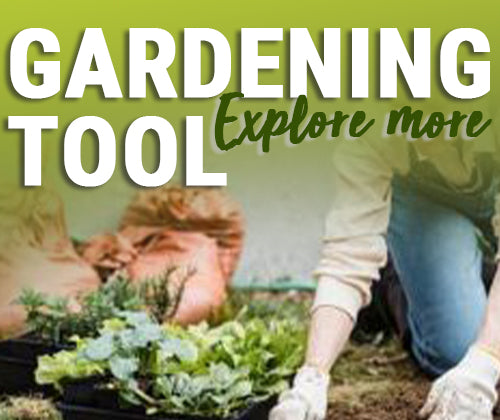



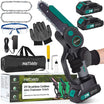
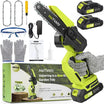

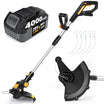






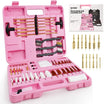
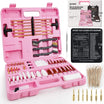
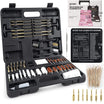
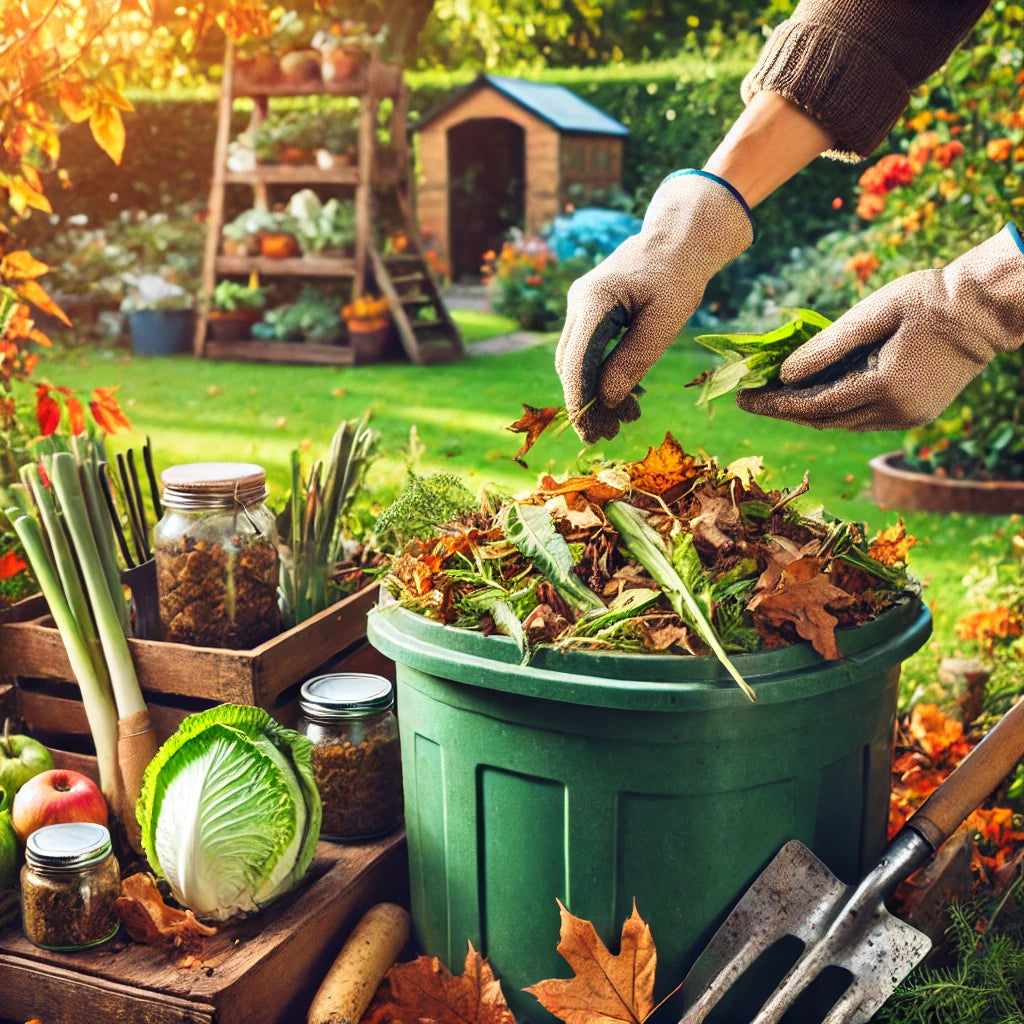
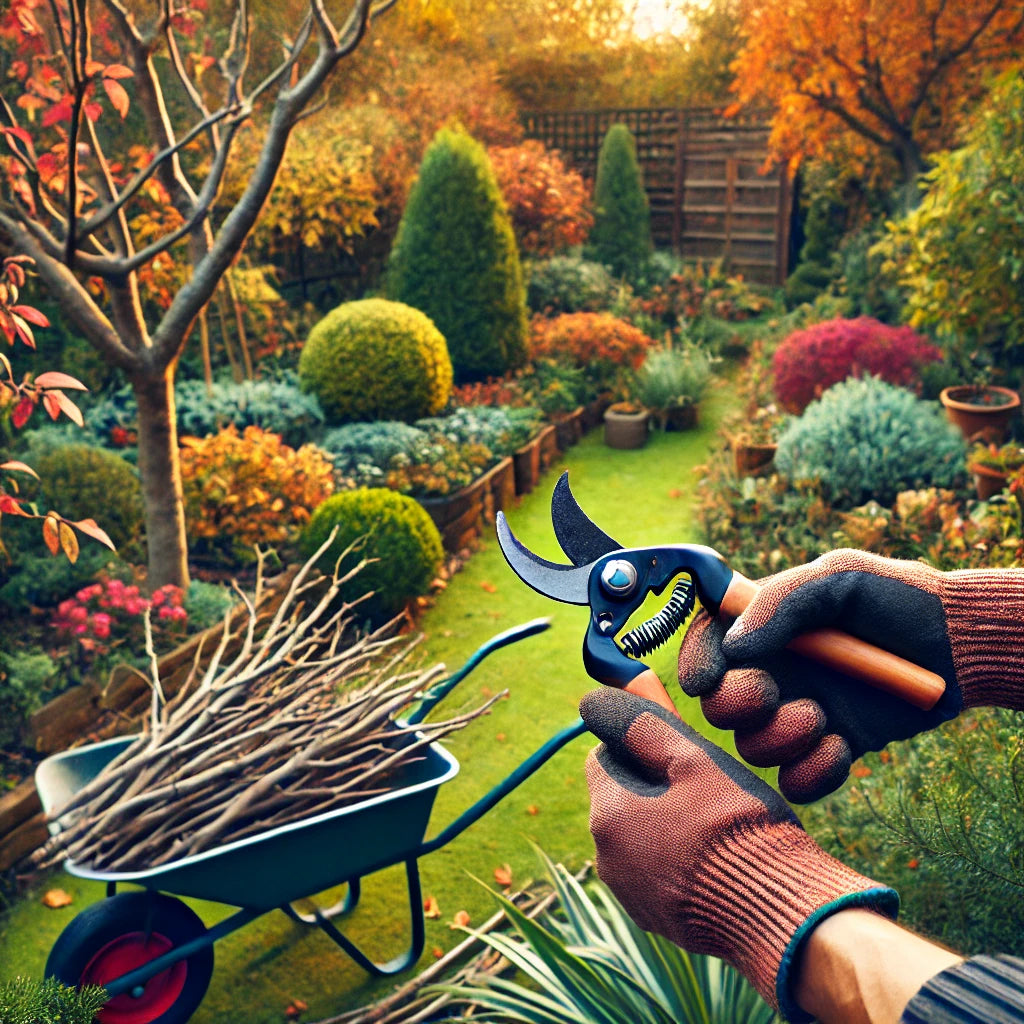
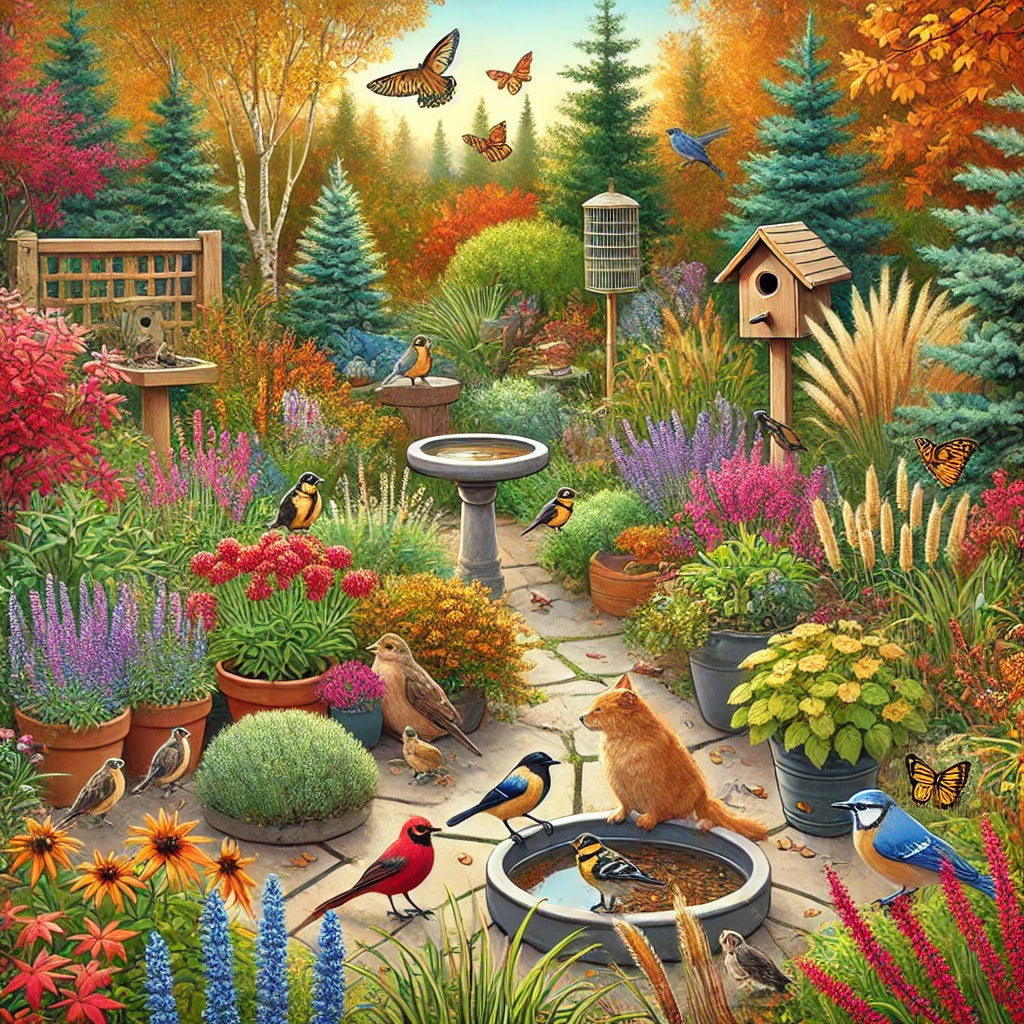
Leave a comment
All comments are moderated before being published.
This site is protected by hCaptcha and the hCaptcha Privacy Policy and Terms of Service apply.